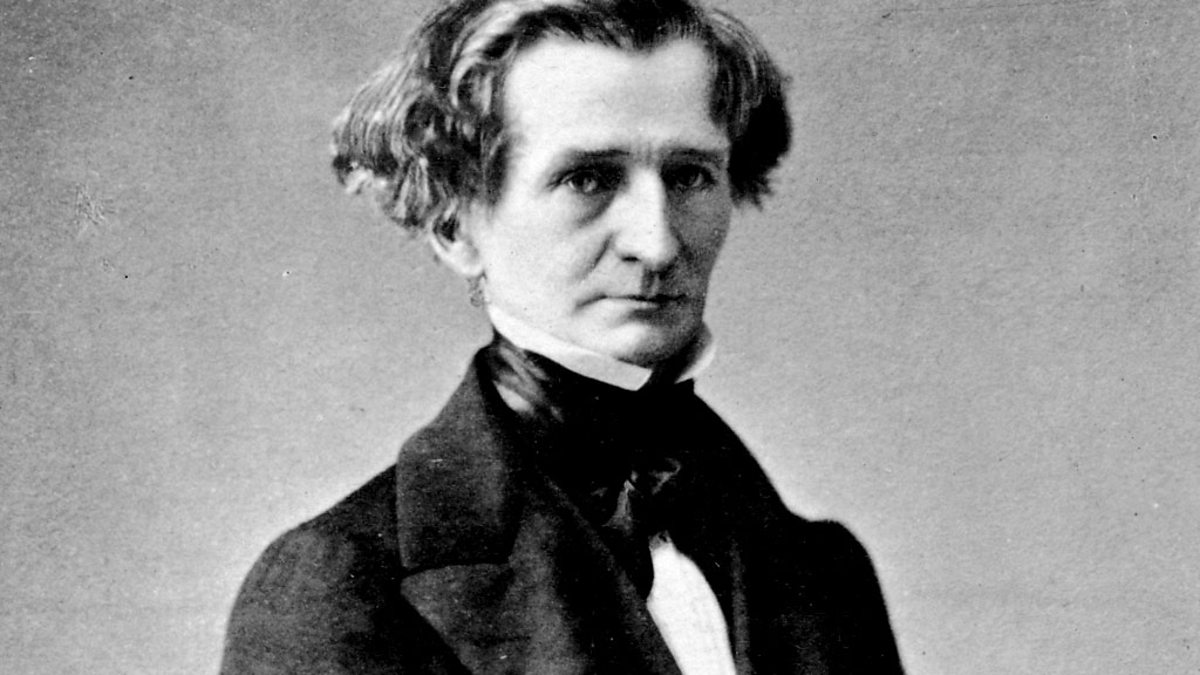Beethoven’s Fifth Symphony: An Exhilarating Motivic Journey
“Short, short, short, long…” The four notes which open Beethoven’s Fifth Symphony outline what is perhaps music history’s most iconic motif. It’s a motif which has been subjected to pop culture cliches and dubious superimposed poetic associations, such as “fate knocking at the door.” This motivic kernel, perhaps derived from Luigi Cherubini’s 1794 French Revolution anthem Hymne au Panthéon, is the seed out of which the entire Fifth Symphony develops. Preceded by a …




